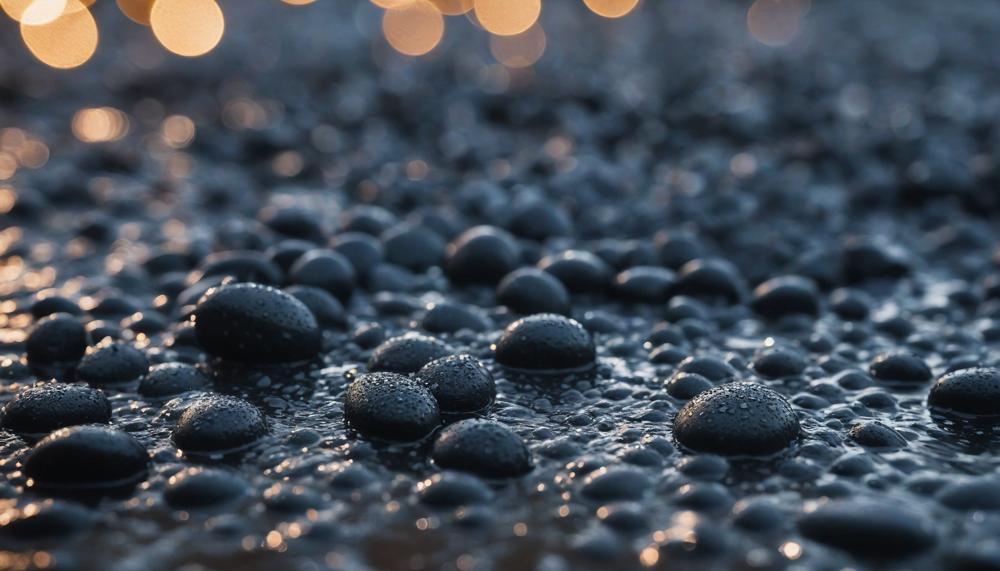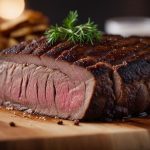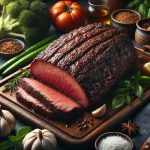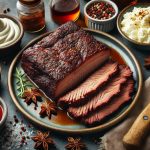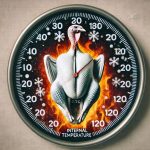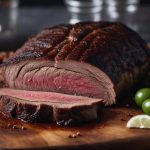Curious minds often ponder: can wet charcoal catch fire? The answer is a definitive yes. However, it comes with nuances that can drastically affect its performance. Here’s what you need to know upfront:
- Yes, wet charcoal can catch fire, but the process isn’t straightforward.
- The moisture content in wet charcoal poses challenges like difficulty in lighting and incomplete combustion.
- Salvaging wet charcoal depends on its quality and the severity of moisture absorption.
- Drying methods vary; while sun-drying can work for some types, it may render others unusable by causing them to crumble.
- Mixing dried charcoal with dry portions can enhance burn consistency.
- Higher-quality charcoal generally withstands moisture better than lower-quality variants.
- Charcoal that’s excessively wet and crumbly may be beyond rescue.
- Storing charcoal in a waterproof container is crucial to prevent moisture absorption.
Understanding these points sets the stage for exploring the intricacies of charcoal combustion and practical tips for maximizing its use, rain or shine. Stay tuned to delve deeper into mastering the art of charcoal grilling and more.
Contents
How Much Charcoal for Different Grill Sizes?
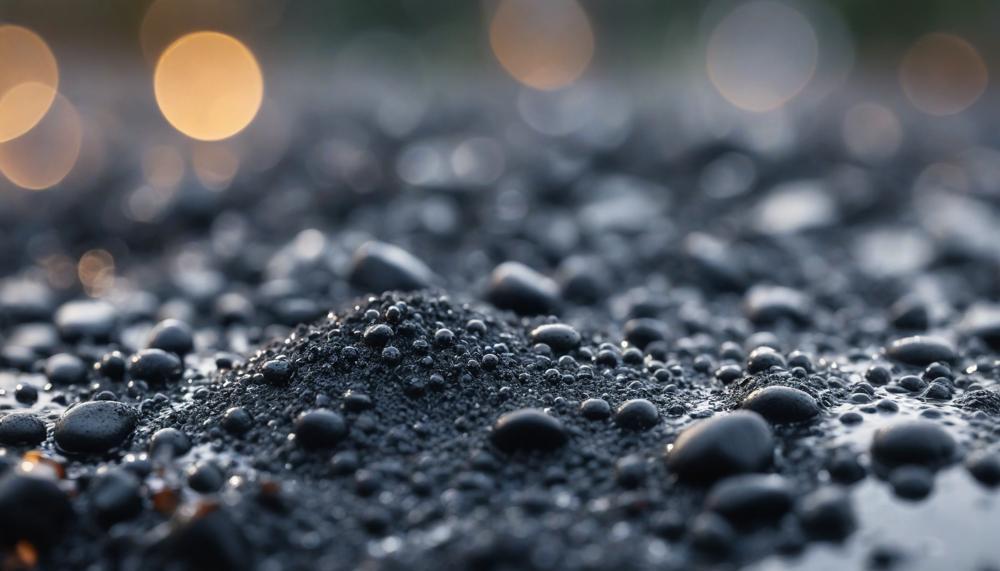
To ensure optimal grilling, the amount of charcoal you use depends on your grill size. Below is a comprehensive guide to help you get the perfect grill experience:
| Grill Size | Amount of Charcoal | Additional Tips |
|---|---|---|
| Small (14-18 inches) | 20 charcoal briquettes | Arrange in a single layer for even heat distribution. |
| Medium (18-22 inches) | 30 charcoal briquettes | Consider a two-zone fire for versatile cooking. |
| Large (22-26 inches) | 40 charcoal briquettes | Use a charcoal chimney for efficient and quick lighting. |
| Extra Large (26+ inches) | 50 charcoal briquettes | Divide charcoal for indirect heat if needed. |
For best results, start with a small amount of lit charcoal and gradually add more to reach your desired temperature. Experimentation with your grill setup will help you find the perfect balance of charcoal for different cooking methods, whether you’re searing steaks or slow-cooking ribs. Remember to keep your charcoal dry to avoid lighting issues and uneven burning.
These guidelines will ensure you’re well-equipped to handle any grilling session with confidence and precision.
How Much Charcoal for Different Grilling Styles?
For different grilling styles, the amount of charcoal varies based on cooking speed and technique. Whether you’re aiming for low and slow or hot and fast grilling, charcoal quantity directly impacts your cooking results. Here’s a breakdown:
- Low and Slow (Indirect Grilling): Ideal for tougher cuts like ribs or brisket, this method requires less charcoal to maintain a lower, consistent temperature over a longer period. Aim for approximately 6-8 briquettes per pound of meat for a 225-250°F (107-121°C) cooking temperature.
- Hot and Fast (Direct Grilling): Perfect for steaks, burgers, or vegetables where a quick sear is essential. Use more charcoal to achieve higher temperatures quickly. Plan on 12-15 briquettes per pound of meat for temperatures around 400-450°F (204-232°C).
Ensuring accurate charcoal measurement is crucial. Consider using a charcoal chimney for precise amounts or gauge by creating a single layer of charcoal on the grill bottom. This methodical approach enhances control over your cooking process, delivering consistent and delicious results.
Experimentation is key to mastering your grill. Adjust charcoal amounts based on your grill’s size and the food you’re cooking to achieve optimal flavour and texture. Embrace the grilling journey with confidence and precision, unlocking your potential for culinary excellence.
| Grilling Style | Charcoal Amount (briquettes per pound of meat) | Target Temperature |
| Low and Slow (Indirect) | 6-8 | 225-250°F (107-121°C) |
| Hot and Fast (Direct) | 12-15 | 400-450°F (204-232°C) |
How Much Charcoal to Use in Different Weather Conditions
The amount of charcoal needed for grilling varies significantly in different weather conditions. In windy or colder environments, more charcoal is required to maintain consistent heat levels. Conversely, on hot days, you may need slightly less charcoal due to the ambient temperature helping to sustain heat.
To illustrate this:
| Weather Condition | Charcoal Amount (lbs) | Explanation |
| Hot and windy | 5 lbs | Extra fuel compensates for heat loss due to wind. |
| Cold and still | 6 lbs | More fuel counteracts heat dissipation in colder air. |
| Hot and calm | 4 lbs | Less charcoal needed as ambient heat supports grill temperature. |
Adjusting charcoal amounts based on weather ensures your grill remains at optimal temperatures for cooking.
How Much Charcoal for Different Types of Food?
To determine the amount of charcoal needed for grilling different types of food, follow these guidelines:
- Understand Your Grill Setup: Experiment with your grill to gauge the amount of charcoal needed for various foods. Each grill and cooking method may require different amounts.
- Consider Cooking Variables: Factors like the type of charcoal (e.g., lump or briquettes), the size and type of food, and desired cooking temperature influence charcoal quantity.
- Start with a Baseline: Begin with 4-5 charcoal pieces to ignite your grill. Adjust based on food size and cooking style (high heat vs. slow cooking).
- Use a Charcoal Chimney: For precise measurement, employ a charcoal chimney or pan. Weighing charcoal ensures accuracy for consistent results.
- Monitor and Adjust: Track charcoal usage per session. This helps refine future quantities for specific dishes or grilling conditions.
How Much Charcoal to Use: Quick FAQ
The key to determining the right amount of charcoal for grilling is to consider your grill type, the food you’re cooking, and the desired heat level. Here’s a breakdown to help you get it right:
- Consider Your Grill Type: Different grills may require varying amounts of charcoal. Gas grills often use less charcoal compared to charcoal grills.
- Type of Food Being Grilled: Foods needing higher temperatures or longer cooking times typically require more charcoal. Adjust accordingly for steaks versus vegetables.
- Choosing Charcoal Type: Lump wood and briquettes burn differently. Lump wood lights faster but burns hotter and quicker. Briquettes provide a more consistent burn but may take longer to ignite.
- Measuring Methods: Use a charcoal chimney for precise amounts. As a rule of thumb, aim for a single layer on the grill’s bottom or use a charcoal chimney for more accurate measurements.
- Experiment and Track Usage: Start with a small amount and adjust based on how quickly it burns and the cooking results. Keep a log to refine your charcoal usage over time.
- Grill Setup: Utilize a two-zone setup for better control. One side with charcoal for direct heat and the other without for indirect cooking.
Conclusion
Even when drenched, charcoal’s ability to ignite is a nuanced affair.
It’s not as simple as tossing a match into a pile of soggy briquettes and expecting a roaring fire. Moisture introduces challenges, making ignition a struggle and affecting the consistency of the burn.
For those damp pieces, you might think their fate is sealed to the trash bin, but not so fast—there’s a trick or two to revive them. Quality matters here; high-grade charcoal withstands moisture’s encroach, offering better odds for recovery.
If you find yourself with wet charcoal, think of it as a half-empty canvas waiting to regain its full potential through drying methods like sun exposure or careful mixing with dry counterparts. Keep in mind, excessively soggy and crumbling charcoal might be a lost cause.
If your grilling plans face a damp hiccup, understanding these intricacies isn’t just about salvaging what you can—it transforms you into a master of the flame, capable of adapting to the whims of weather and moisture, ensuring your barbecue success under any conditions.

